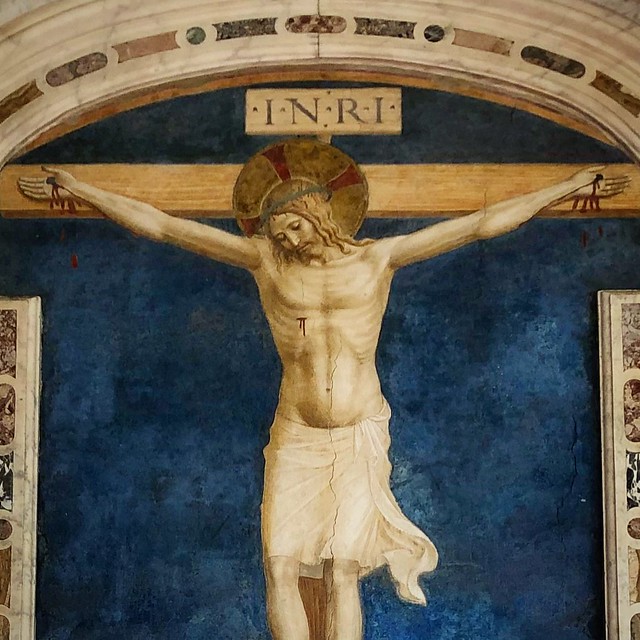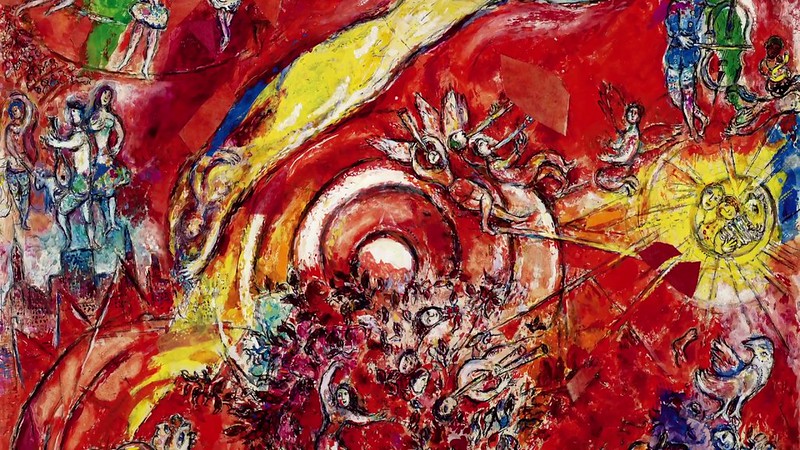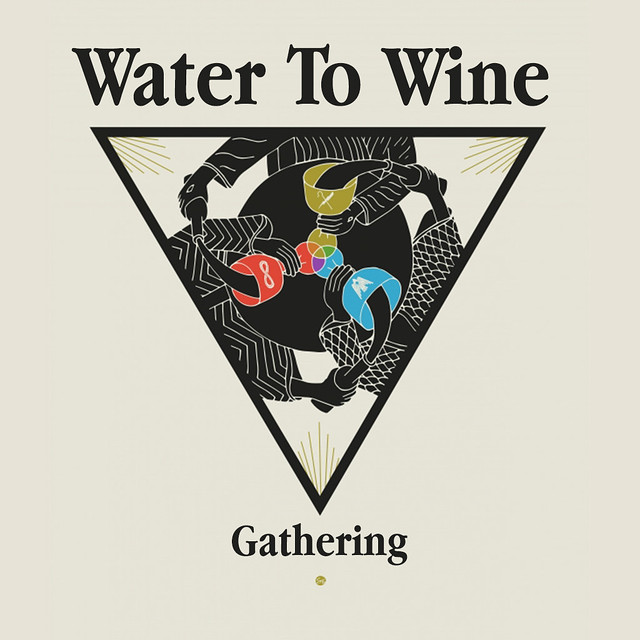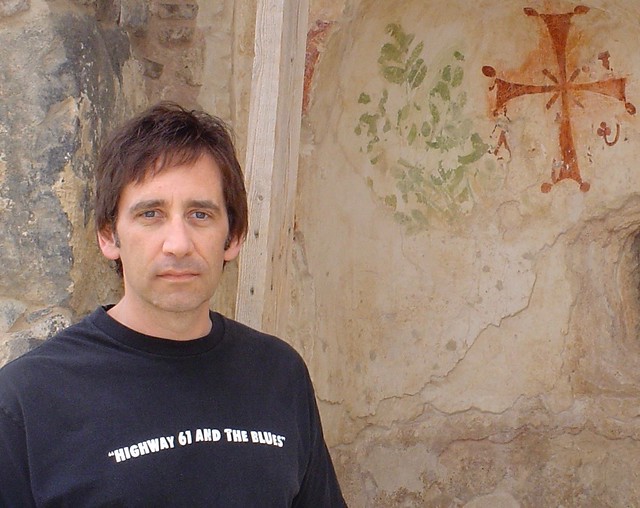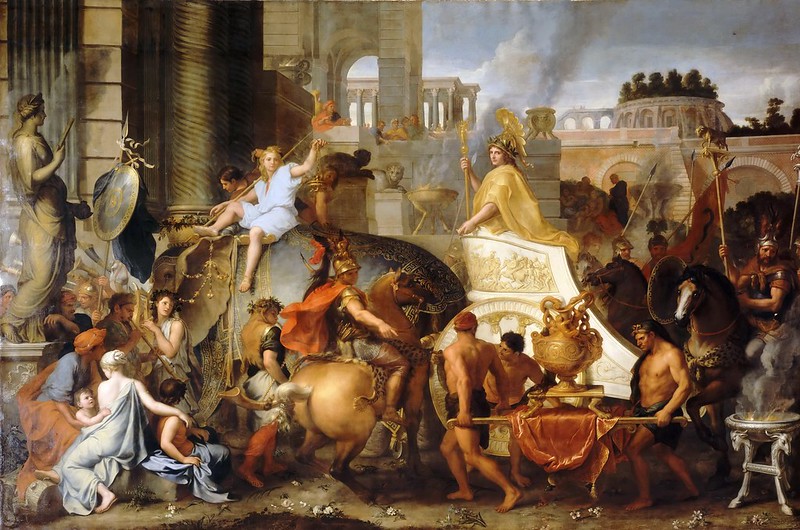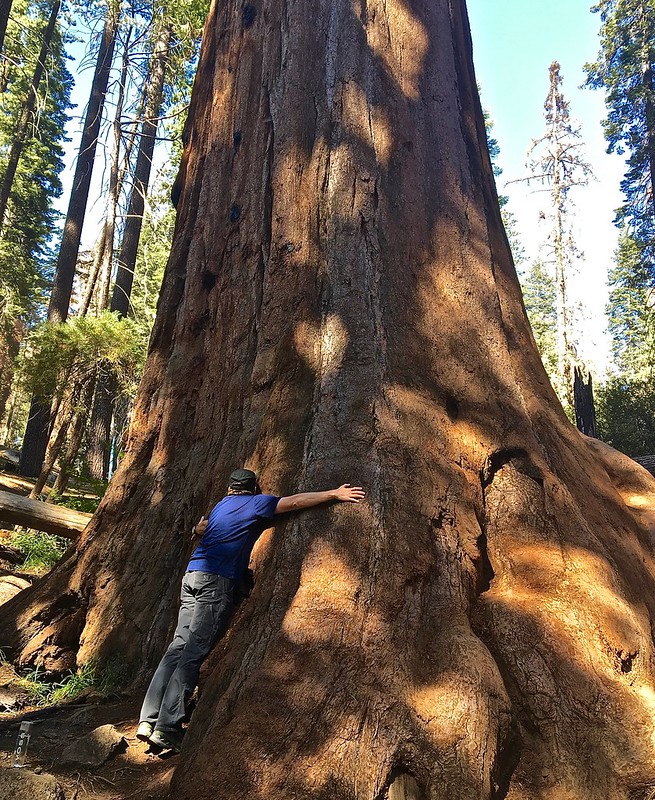The Crucifixion of Jesus
The Crucifixion of Jesus
Brian Zahnd
On Good Friday we think about one thing: the crucifixion of Jesus Christ. This is the epicenter of Christian faith. At the core of Christianity we don’t find perennial religion, meditation techniques, or a course in ethics, but a crucifixion. This is the enduring scandal of the gospel. The gospel is not motivational talks about happy marriages, being debt free, and achieving your destiny. That all belongs to the broader world of proverbial wisdom, and it’s fine as far as it goes, but it has little or nothing to do with the gospel. The gospel is about the cross and the cross is a scandal. When the Apostle Paul told the Corinthians that he had determined to know nothing among them except Jesus Christ and him crucified, he admitted that the cross was often viewed as a scandal and folly. So be it.
Read more

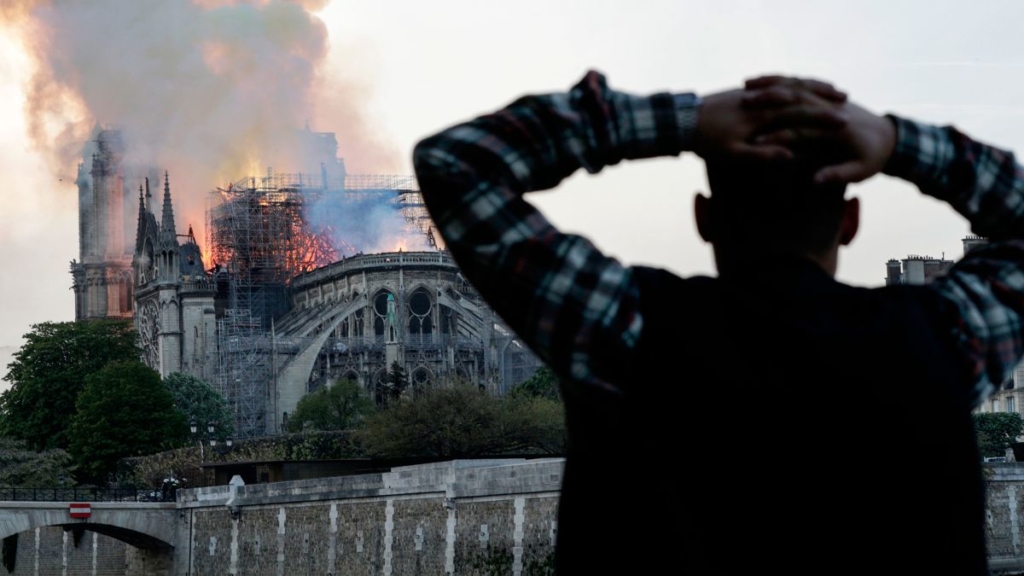 Our Lady On Fire
Our Lady On Fire